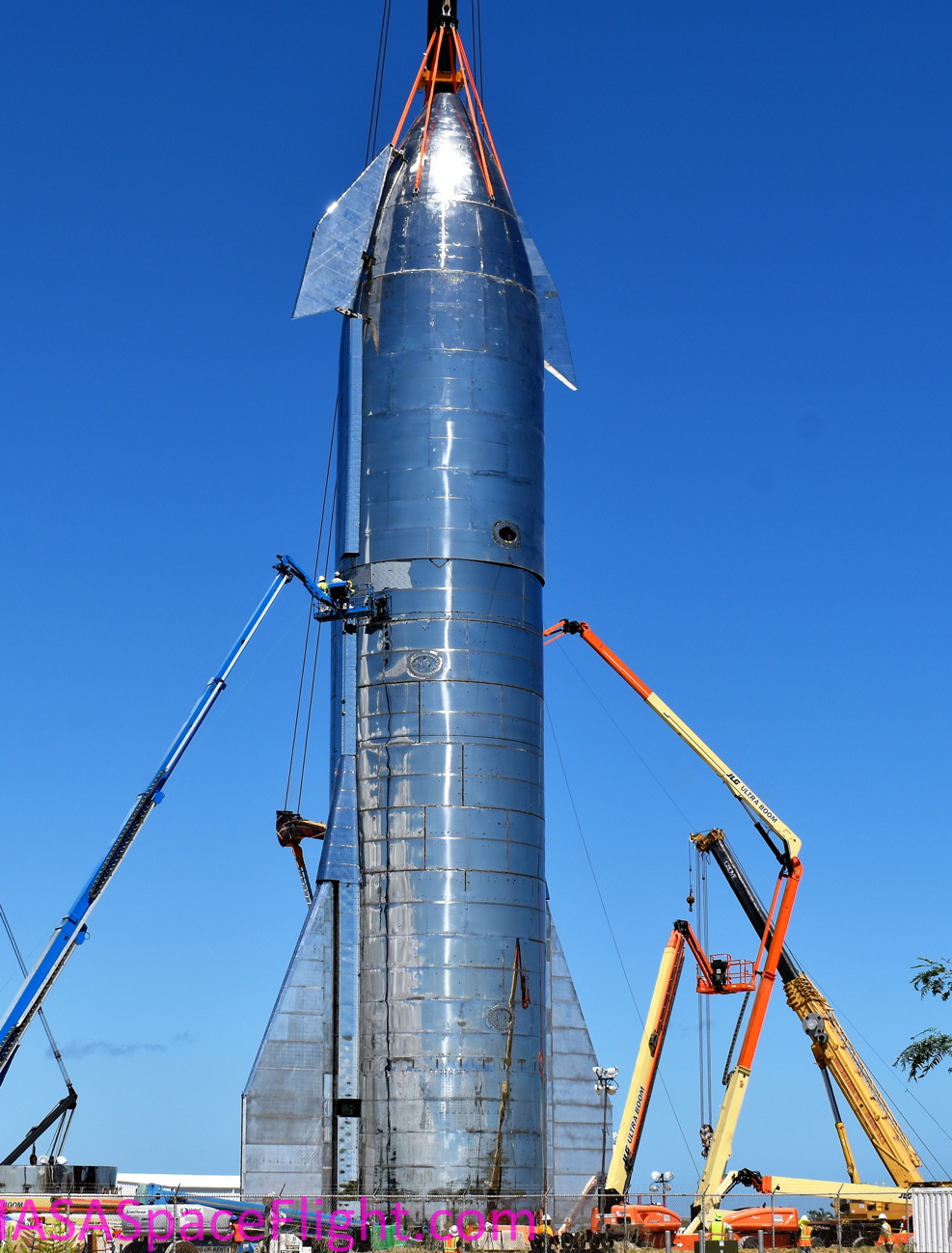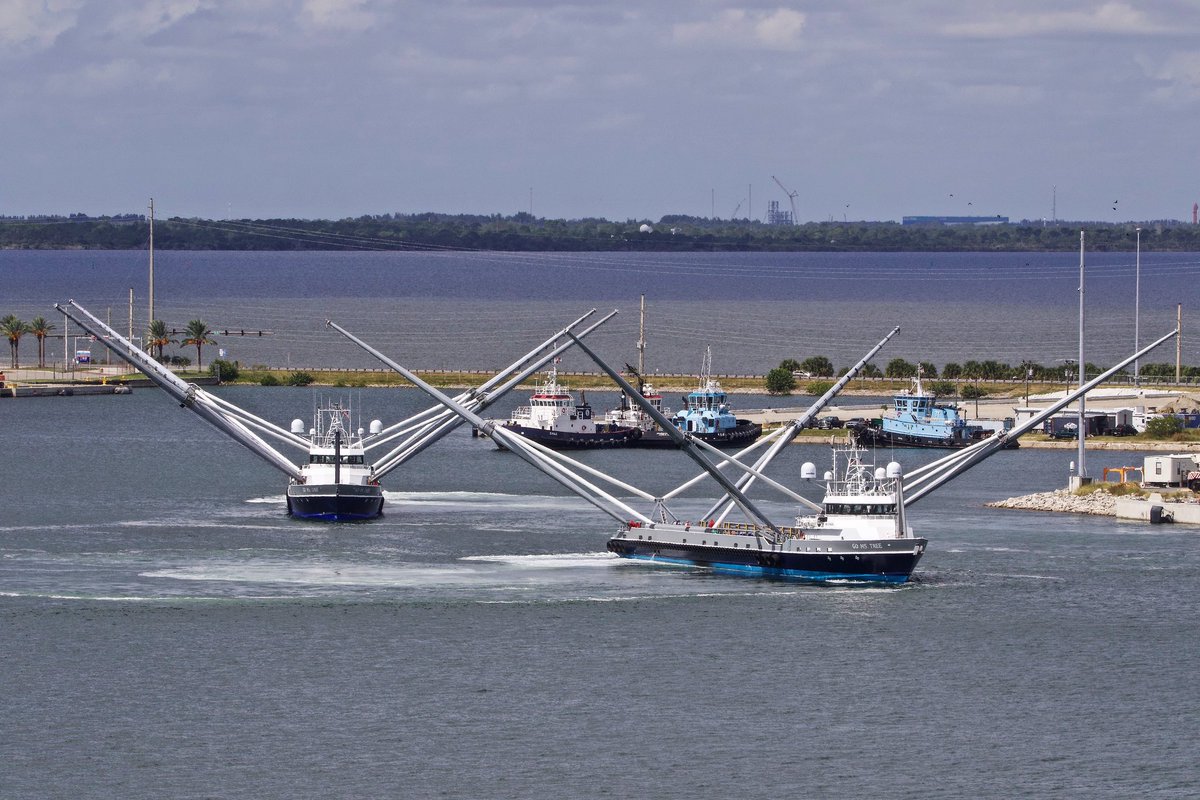- Joined
- Jul 23, 2012
- Messages
- 1,899
- Reaction score
- 873
Oh wow George that guy is hilarious!


Hmm, if you watch the video in post 3568 (the drone footage) you can see the change in flame color begins right when the flame contacts the ground, starting at the tail of the flame and working its way upward. It seems just as likely the change in color is caused by dust being entrained in the exhaust plume and burning. In the attached screenshots you can see that on ascent, the portion of the flame in contact with the dust cloud changes color to orange. So it seems likely that the same thing happened on landing, rather than an issue with the engine. But of course I'm just guessing like they are.Scott Manley's take on the flight, and some issues that occurred. Including the COPV tank that came off at landing and thrusted itself end over end. Also, he suspects the engine was having a mechanical problem near the end (change in flame color) and may have caused a harder landing than intended.


First image has no yellow flame in the exhaust from the motor, it's dust farther down.
Second image has yellow flame right out the nozzle. The source very likely to be internal (motor bits getting consumed), not external, as Manley explained.
Hmm, the colors are identical in both ascent and descent. So you have two choices, it's dust being entrained in the exhaust plume, or the 'bits being consumed' by the motor that produce the exact same color as the dust did on the ascent. And somehow those bits weren't important enough to cause the motor to go kaboom.First image has no yellow flame in the exhaust from the motor, it's dust farther down.
Second image has yellow flame right out the nozzle. The source very likely to be internal (motor bits getting consumed), not external, as Manley explained.

this animated gif shows how the color change starts at the tip of the exhaust plume and works its way up, if it were bits coming from the engine, it should be the other way around:


Occupational hazard: I look at that picture and had two thoughts:
It must be a pain in the butt to dock the fairing catcher boats with those giant arms.
I wonder if my old company designed the tugs in the background (answer: likely no).
I wonder how easily those fairing catchers would roll. They look like they have a high center of gravity.
It’s been something like 3 weeks since the last SpaceX news. Aren’t we all supposed to be flying on Starships to Mars by now? What the heck is going on?
THat's been delayed, apparently due to FCC issues in granting a license for all those satellites. There are different that the prototypes that flew ealeir this year. Anyway, now looking like late November, but could be longer.Next F9 launch is for another batch of Starlink Satellites, Starlink-v1 Flight1. NET launch date Oct 17th.
...It sounds like this maneuver is supposed to happen very close to the ground, like under 2000 feet, maybe 1000 feet. So if there's a little error, it may crash. They need to test out that maneuver as soon as they can, to see if it works. Because if it does not, they will probably have to redesign it yet again. If it were me, I'd want to do that maneuver 4000 feet up, to allow a fudge-factor in case it does not get vertical under control, thrusting, as fast as a low altitude transition needs. But that would presume enough fuel onboard to burn the engines that long. Nobody really knows how much fuel MK1 has, or most importantly how much in the "header tanks" that will be used for landings (think of them as "reserve tanks" inside of the main tanks)....
For a "normal" rocket, yes. The "header tanks" however, will probably be full or close to it. Think of a small tank inside of a big tank, in the middle of the tank.Fuel slosh in the tanks will be wicked during that maneuver. It will be a bit of a challenge taking that into account, but should be manageable.
Enter your email address to join: